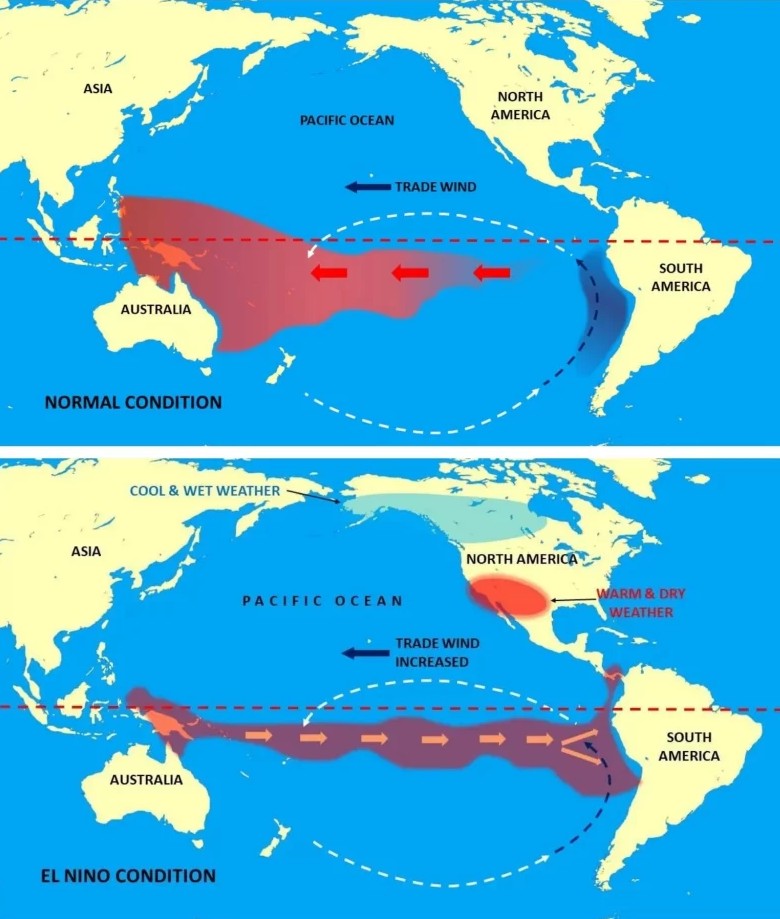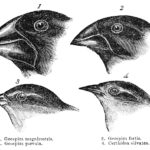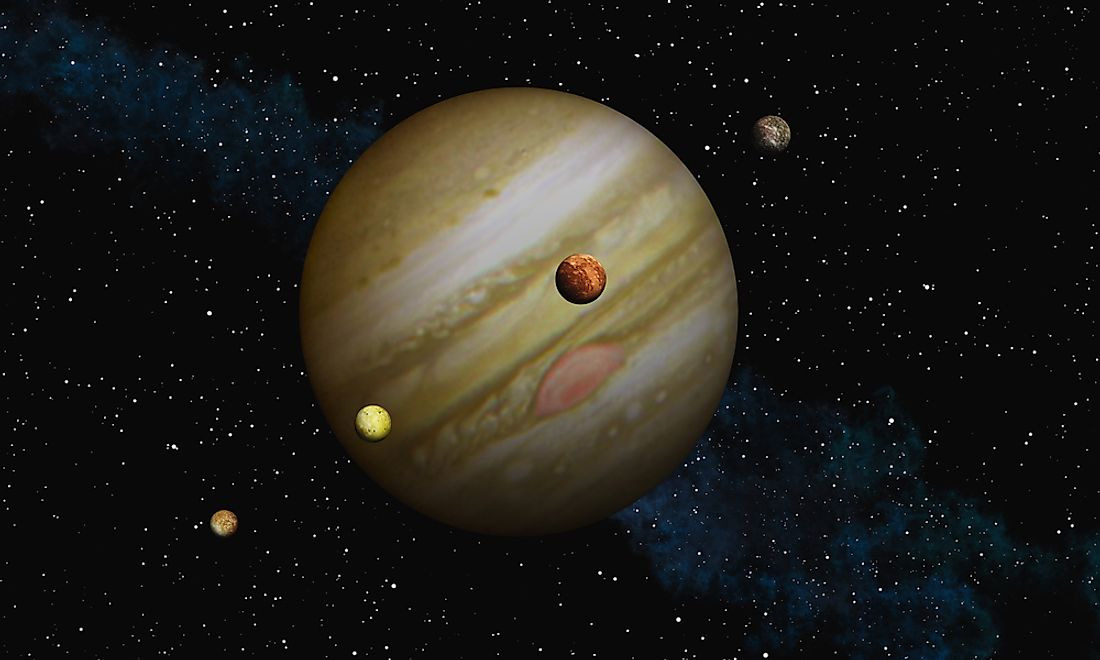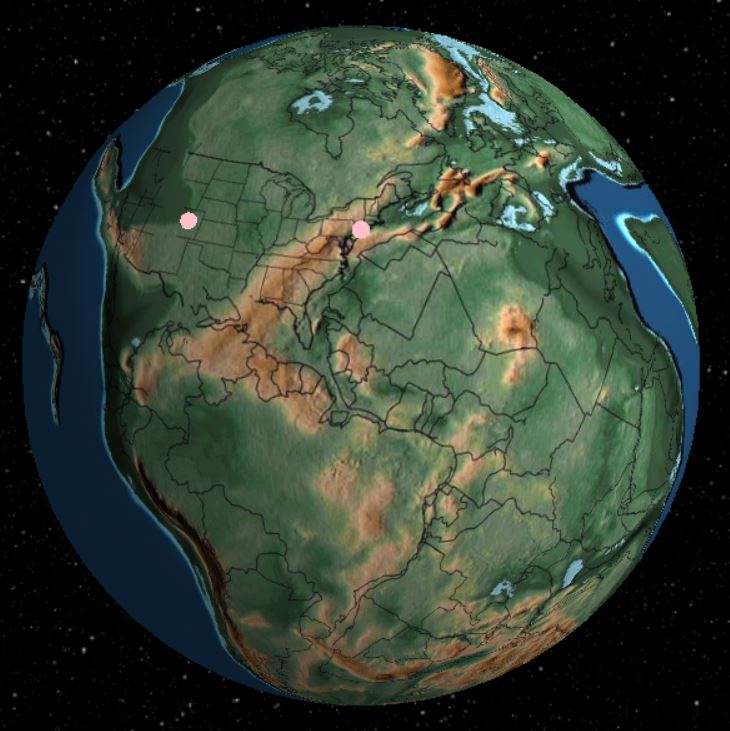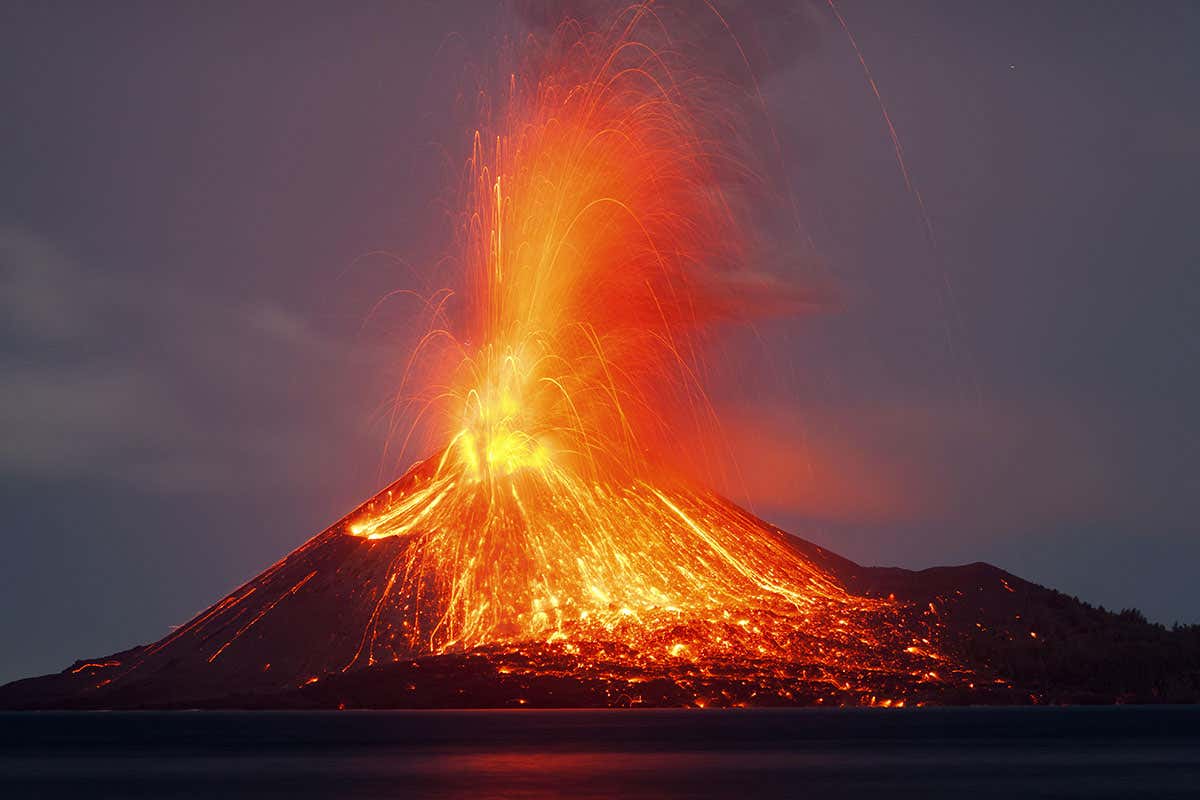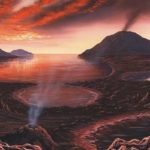Scientists are always learning more about how the world works. Mankind has known about the effects of El Niño & La Niña for many centuries, but it wasn’t until recently that we began to understand what was actually occuring.
El Niño was first noticed by fishermen who lived off the coast of Peru. These fishermen noted that every few years, the fish they normally caught would disappear. They called this phenomenon “El Niño” which means “the child” in Spanish. It wasn’t until the late 19th century that scientists began to take notice of this pattern.
During an El Niño event, the trade winds weaken and sometimes even reverse direction. This change in wind pattern alters the ocean’s currents and affects the areas where rain falls. The warm water that is pushed towards the coast of South America during an El Niño can also lead to an increase in hurricanes in this region.
During normal times a powerful current of cold ocean water runs along the western coast of South America, from the South Pole up toward the equator. This current called a gyre then runs along the equator until it reaches Indonesia and Australia. At which point much of this water then drops down toward the South Pole again. However, some of it becomes trapped.
Indonesia and Australia act as a net or dam, keeping the water from getting past. This warm water collects for a number of years and as it does, the ocean becomes increasingly deep. Its depth can actually increase by as much as ten or eleven inches.
Eventually all this warm water wrecks havoc on the Earth’s weather patterns, which causes the gyre to shut down. When this occurs there is no longer anything holding the built-up water around Indonesia and Australia in place. As a result, it begins to flow backward.
When this occurs, the waters along the western coasts of both North and South America get much warmer. In the northern continent, we get altered weather patterns that bring increased rain to the Western United States. In the southern continent, the fish along the coast are unable to get enough to eat, and many of them die.
It is this death of fish that led to the ancient native populations of South America discovering and naming the phenomena.
La Niña is the opposite of El Niño and results in cooler than average water temperatures in the eastern Pacific Ocean. This cooler water can lead to drier conditions in Indonesia, Australia, and the southwestern United States. It can also cause increased rainfall along the coasts of Peru and Ecuador.
